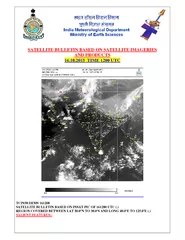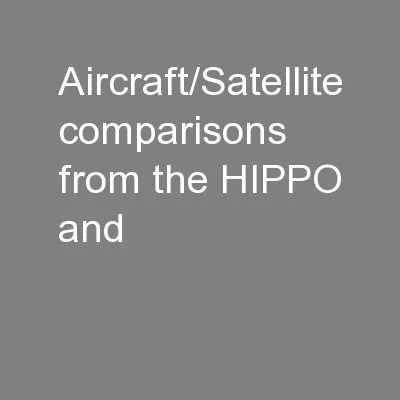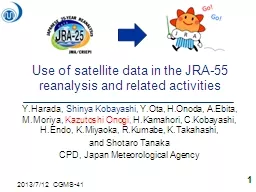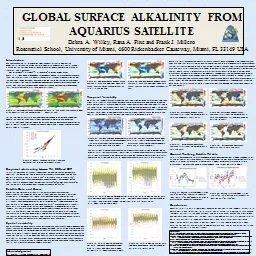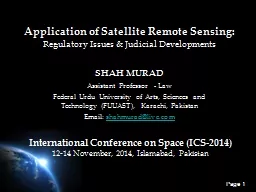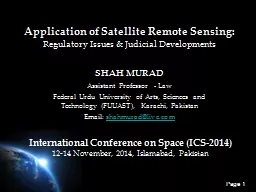PPT-SATELLITE LINK DESIGN
Author : tatiana-dople | Published Date : 2017-06-04
By SSadhish Prabhu INTRODUCTION Cost to build and launch a GEO satellite is about 25000 dollars per kg Weight is the most critical factor in any design Dimension
Presentation Embed Code
Download Presentation
Download Presentation The PPT/PDF document "SATELLITE LINK DESIGN" is the property of its rightful owner. Permission is granted to download and print the materials on this website for personal, non-commercial use only, and to display it on your personal computer provided you do not modify the materials and that you retain all copyright notices contained in the materials. By downloading content from our website, you accept the terms of this agreement.
SATELLITE LINK DESIGN: Transcript
Download Rules Of Document
"SATELLITE LINK DESIGN"The content belongs to its owner. You may download and print it for personal use, without modification, and keep all copyright notices. By downloading, you agree to these terms.
Related Documents


